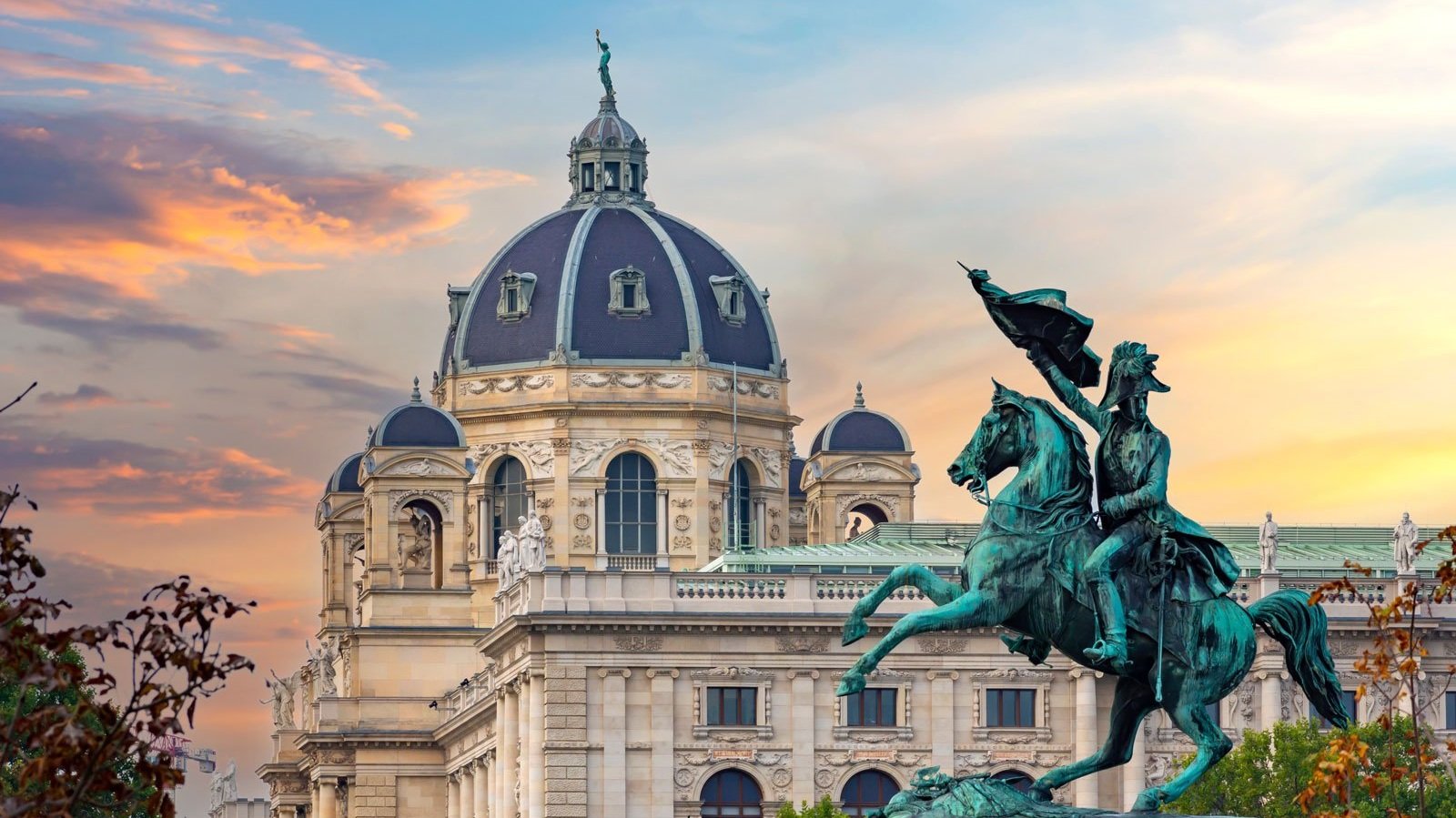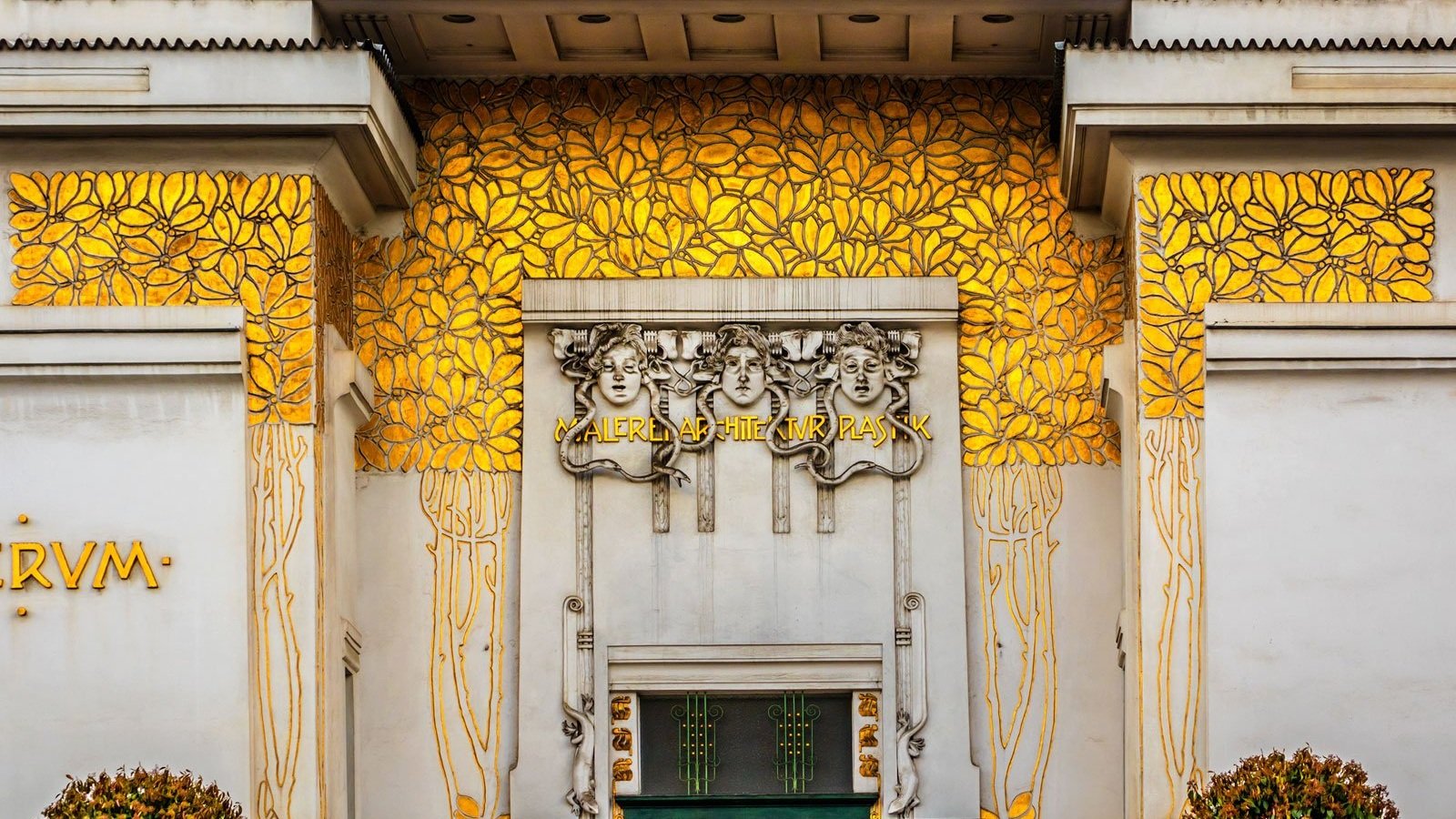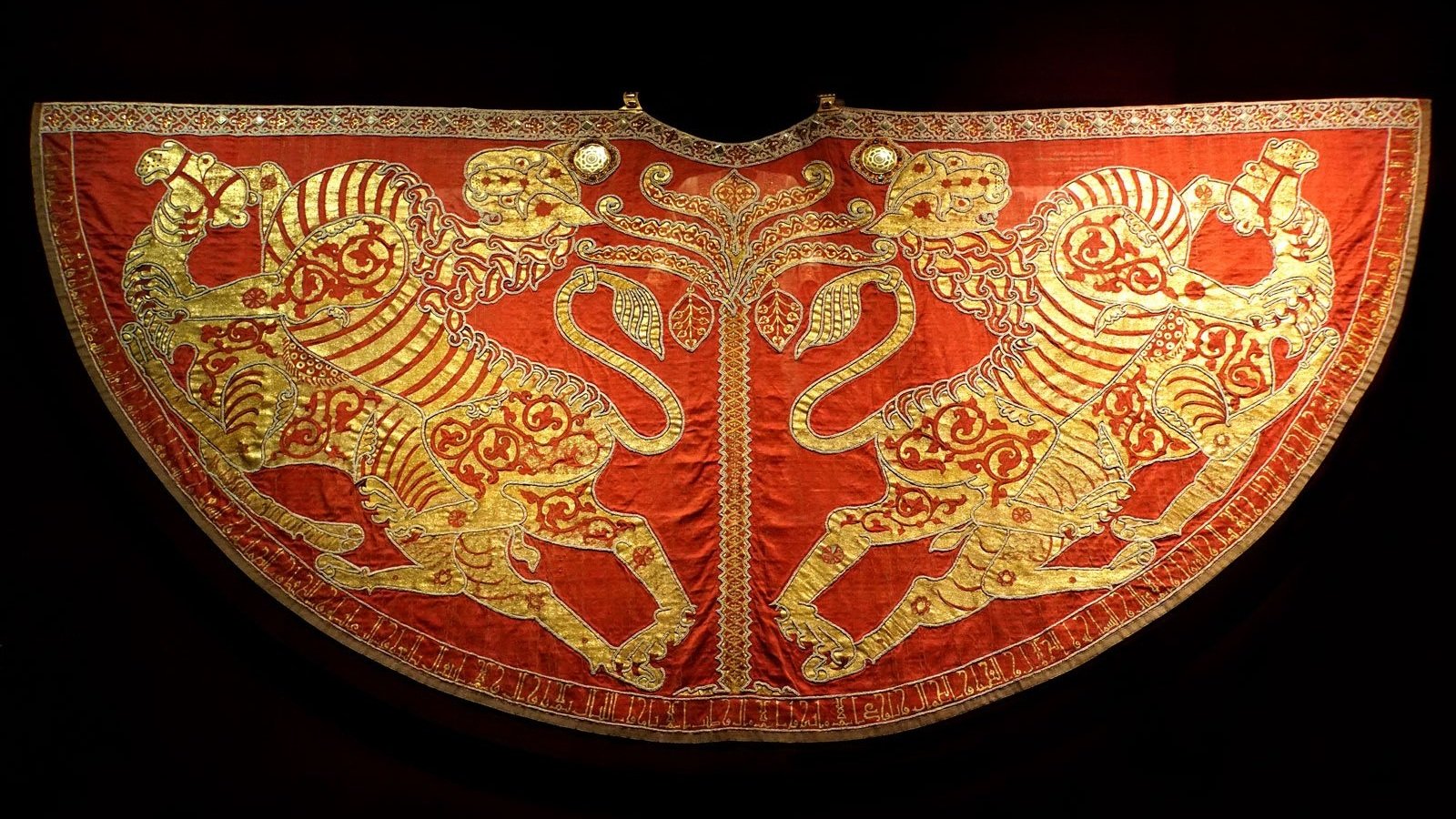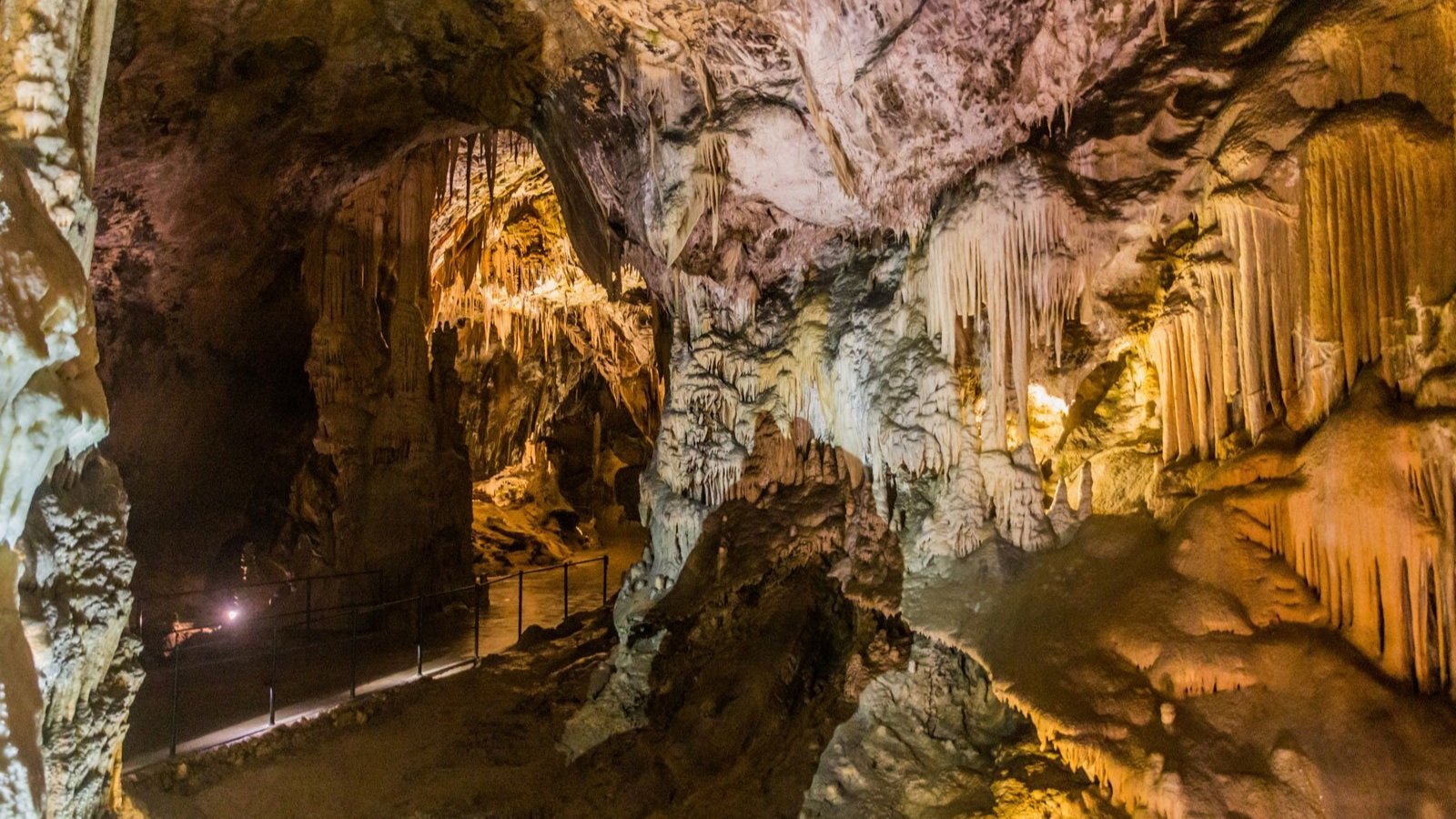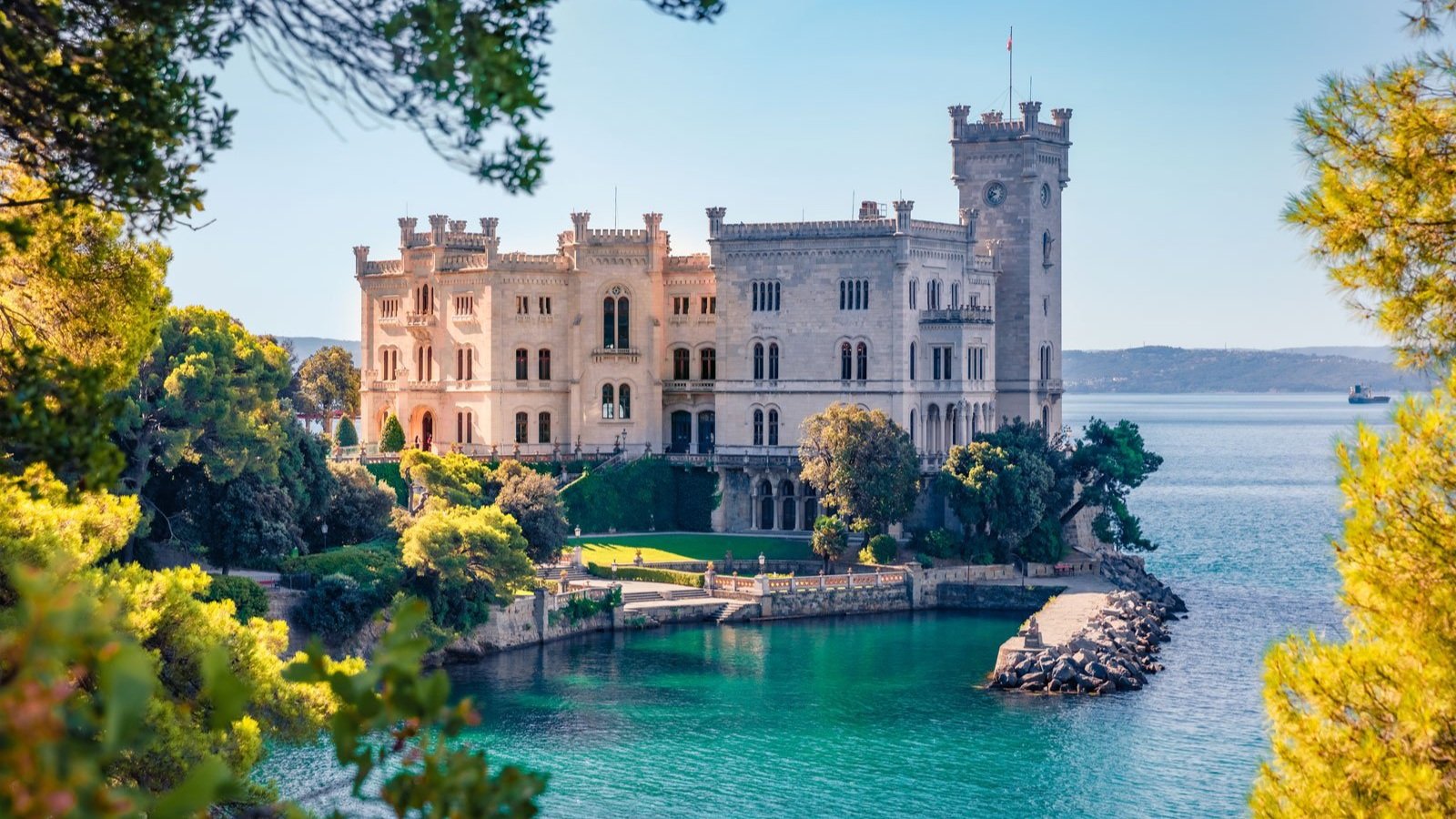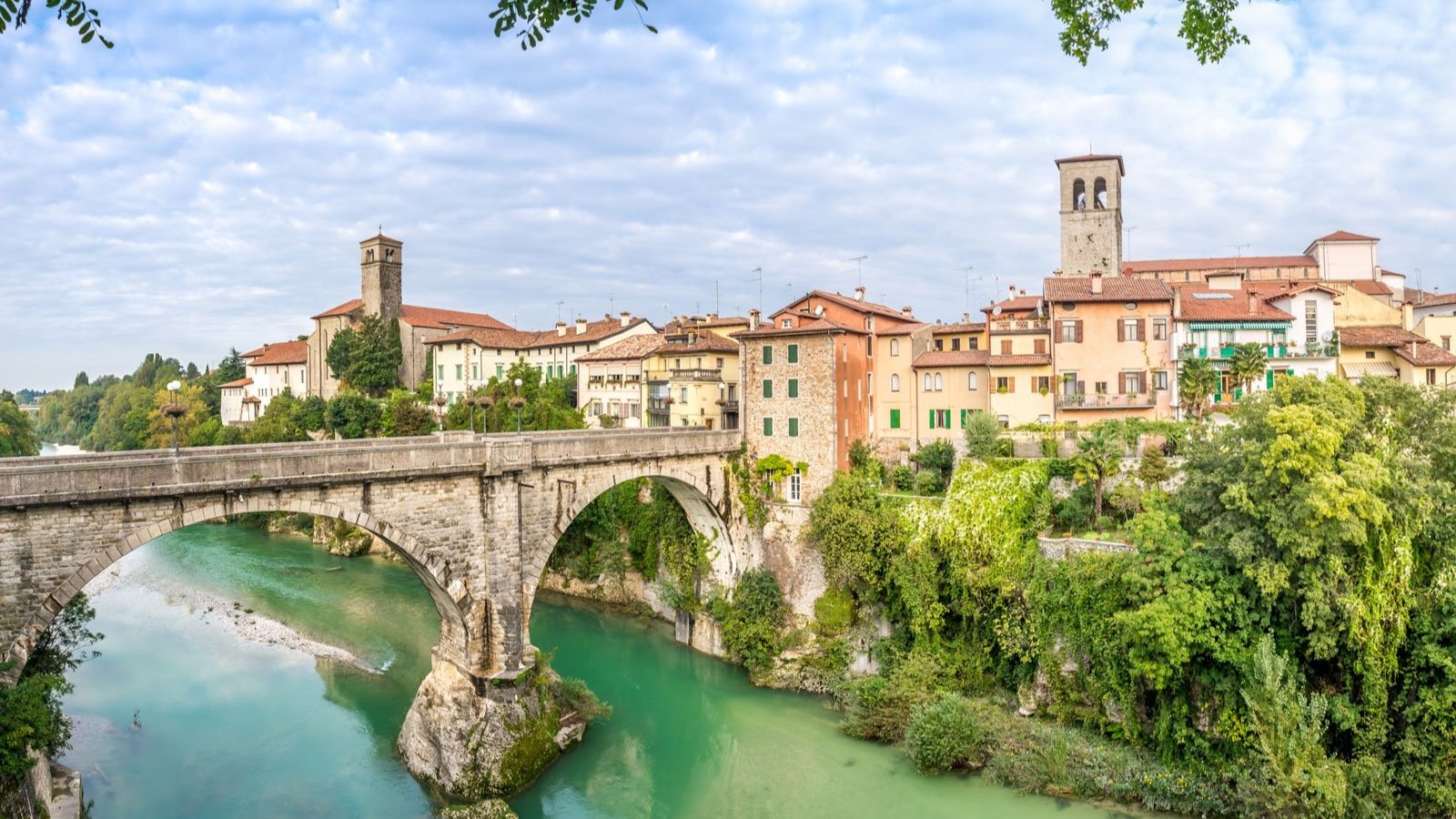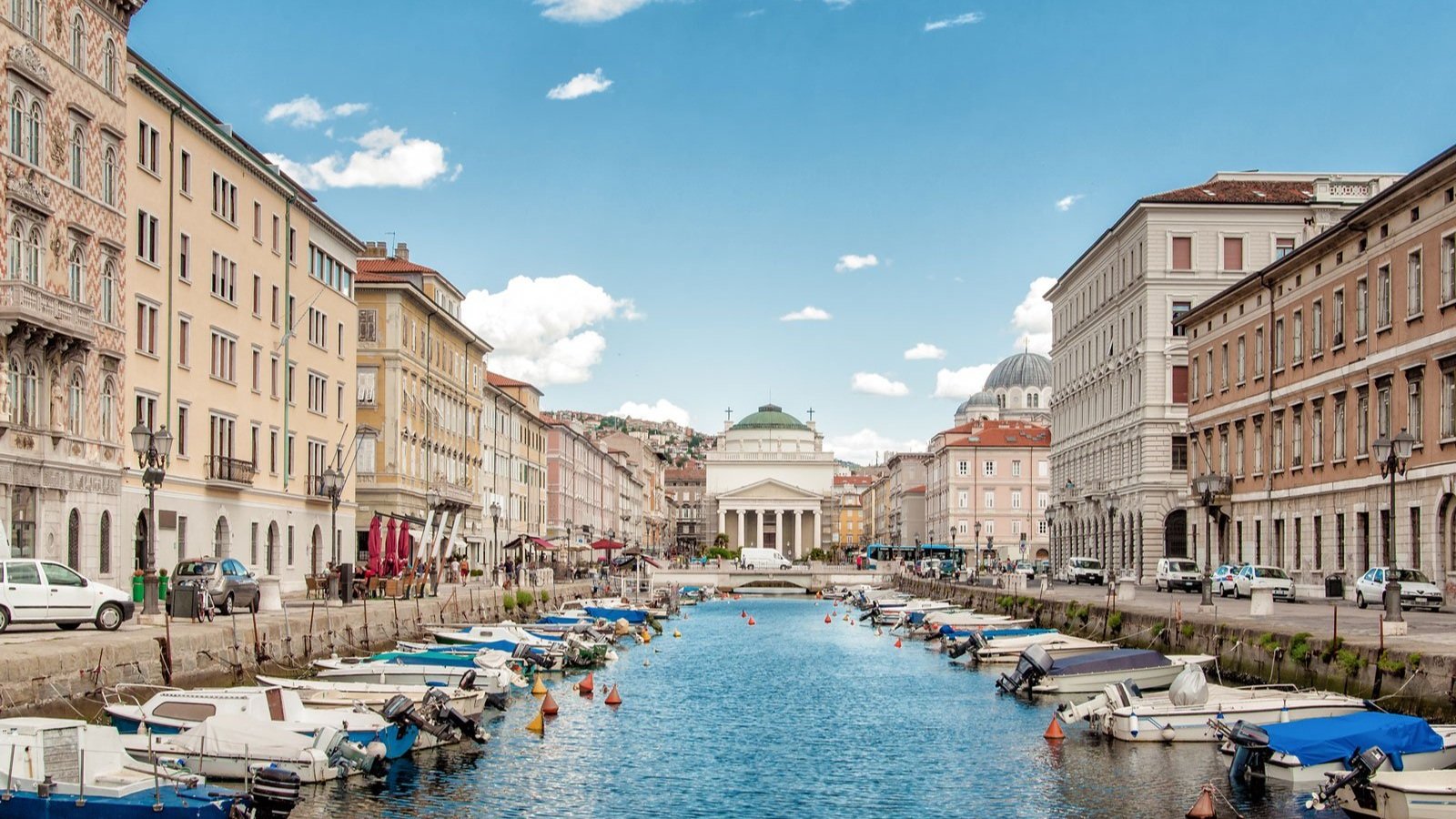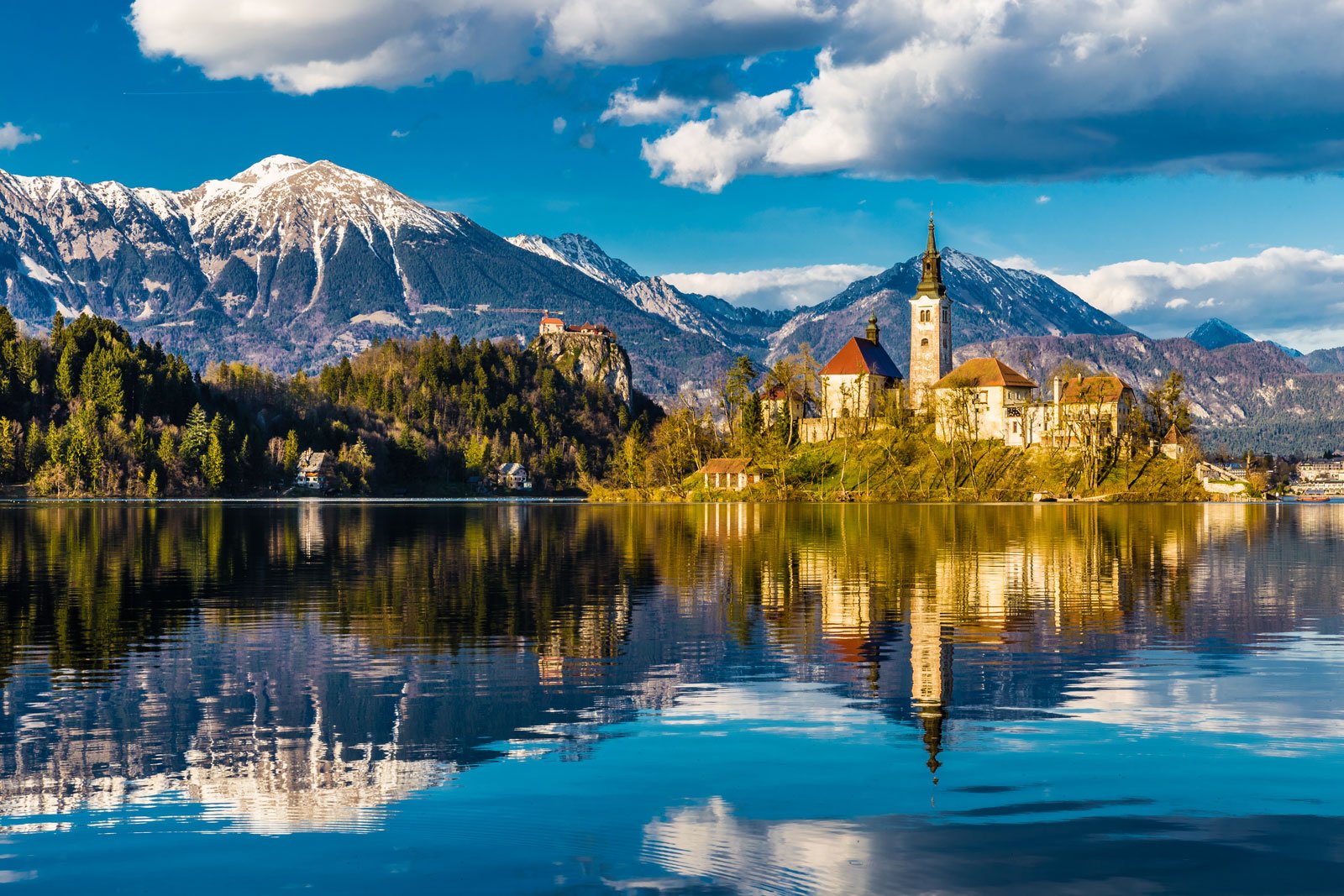
VIENNA TO TRIESTE
14 - 29 SEPTEMBER 2024
dr NICK GORDON
Journey from Vienna, through Slovenia and Friuli, to Trieste, to discover another side of a diverse European history and culture on this 16-day tour
OVERVIEW
This journey from Vienna to the Adriatic takes you through a region where Mediterranean, Slavic and Germanic cultures have merged across historical epochs, from Rome to Charlemagne, Habsburg Austria and modern Italy. The legacy of these cultures is present everywhere: in Friuli and Istria’s UNESCO-listed Roman sites, for example, in Vienna’s great imperial collections, and in the elegant provincial towns we visit.
The unique cultures of these places are also still distinct. Friuli had the sophisticated but less-known Lombards, the Croatian coast boasts the towns of the Venetian Empire, and cosmopolitan Trieste was Austria’s Adriatic port for centuries. But these successive empires have also marked the region with conflict, including the ‘barbarian’ migrations during the decline of Rome, the trenches of WWI and the Iron Curtain that divided Europe’s east and west.
This 16-day tour explores this rewarding and less-visited region in depth, beginning with 4 nights in Vienna to survey the imperial capital. We then travel into Slovenia and on to gracious Ljubljana, Friuli, the Istrian peninsula and Trieste. The fascinating history, art, and archaeology we survey is set against the delightful scenery of the Austrian Alps, serene Lake Bled, and the rugged Adriatic coastline.
The tour is complemented by the expert guidance of your tour leader, and by fine food and wine that embraces a fusion of the unique terroirs of Austrian, Italian and Slavic traditions.
TOUR LEADER
Dr Nick Gordon studied history and ancient history at the University of Sydney, receiving First Class Honours and the University Medal in 2003, and his PhD in 2008. Nick has taught medieval and Renaissance European history at the University of Sydney, architectural history at UNSW, and the history of political thought at WSU.
Nick is also an artist, working across painting, collage, photography and sculpture. His desire to dedicate more time to these interests led him to pursue a career in cultural travel, where he finds a constant source of inspiration as well as myriad opportunities to communicate more to group members about the cultures and histories they encounter on tour.
His love of travel, art and education led Nick to design art and history-focused tours to Western and Central Europe, East Asia and Australia, as well as to international art events, including the Venice Biennale and Art Basel in Switzerland and Hong Kong. In 2020, he led the Australian travel industry's pivot to online learning and coordinated over 1,500 events by 40 lecturers during the East Coast travel restrictions.
Details
DATES:
14-29 September 2024
ITINERARY:
Vienna - 4 nights
Graz - 2 nights
Ljubljana - 4 nights
Trieste - 5 nights
PRICE:
$11,500pp twinshare
SINGLE SUPPLEMENT:
$2,200 for sole use of a double room
DEPOSIT:
$1,500pp at the time of booking
FITNESS:
Moderate: walking tours on most days; ability to stand in museums for over an hour; ability to move your own bag up to 100m if required
GETTING THERE:
The tour starts at 4.00pm on Saturday 14 September 2024, in the lobby of our hotel in Vienna
GROUP SIZE:
Max. 20 people in a group
PLACES AVAILABLE
-
Admire Vienna’s art and architecture together with a historian and artist, including the Kunsthistorisches, Klosterneuburg Abbey, and modern masterpieces by Klimt and Schiele
Discover Slovenia, from Lake Bled’s natural beauty and amazing prehistory to Ljubljana’s provincial elegance
Explore UNESCO World Heritage sites in Friuli, at Roman Aquileia and in medieval Cividale, and enjoy the region’s celebrated cuisine
Get to know Trieste and the Istria peninsula, including Roman Pula, the Habsburgs at Castello Miramare, and the literary cafes of James Joyce’s Trieste
Enjoy outstanding regional cuisines, fusing the best of local traditions with modern panache
-
SATURDAY 14 SEPTEMBER - ARRIVAL (canapés)
Meet in the hotel lobby at 4.00pm this afternoon for an orientation stroll in central Vienna with your tour leader, followed by welcome drinks and canapés. Overnight Vienna.
SUNDAY 15 SEPTEMBER - IMPERIAL VIENNA (B, D)
Although Vienna had been a significant town in the Middle Ages, it wasn’t until the fifteenth-century accession of the Habsburgs to the imperial throne that it became the cultural capital we now know. Today we explore the legacy of 450 years of Habsburg rule on the city. After a talk, we take a walking tour focusing on the Hofburg, the immense conglomeration of interconnected palaces, built over the thirteenth to twentieth centuries, as the seat of the Habsburg dynasty. After a break for coffee we visit the Imperial Treasury, whose exceptional collection of decorative arts includes the imperial regalia and the coronation garb of the Norman kings of Sicily. In the afternoon, we visit St Stephan’s Cathedral, where the transition from Romanesque façade to the beautiful and much larger Gothic nave inside demonstrates how Vienna began to change under the Habsburgs. This evening there is a welcome dinner. Overnight Vienna.
MONDAY 16 SEPTEMBER - MODERNIST VIENNA (B, D)
In the dying days of the nineteenth century, Vienna became a centre for artists who sought to overcome the strictures of the historicist ‘neo’ styles favoured by the Habsburgs and their hangers on. Our focus today is on these new styles – collectively known as Secessionism or Jugendstil – and their legacy. We begin with a visit to the Leopold Museum, whose collections of fine and decorative arts are displayed together so that we can better appreciate how Secessionist art and design looked in their original setting. We then visit the Secession Building, the iconic architectural manifestation of this movement that was designed by Joseph Maria Olbrich, and on whose interior walls Gustav Klimt painted the Beethoven Frieze. After a break for lunch, we travel by coach to Vienna’s outskirts for a guided visit of Kirche am Steinhof, the masterpiece of Otto Wagner. Returning to the hotel, there is time to relax before dinner at a local restaurant. Overnight Vienna.
TUESDAY 17 SEPTEMBER - KUNSTHISTORISCHES MUSEUM & KLOSTERNEUBERG (B)
The Habsburgs were great patrons and the different branches of the family each amassed extraordinary collections, and these are the focus of today’s activities. We begin the day at the Kunsthistorisches Museum, whose halls of masterpieces by Caravaggio, Velazquez, Titian and Pieter Breugel were once the core of the dynasty’s art collection. After a selection of key pieces introduced by your tour leader, there is time to explore the galleries independently. In the afternoon we take a coach to Klosterneuberg, a palatial monastery built to rival El Escorial, the extraordinary monument of the Habsburgs’ Spanish cousins. Our tour includes the regalia of the Emperor of Austria, and the astounding altarpiece made by Nicholas of Verdun, a medieval masterpiece of gold- and silversmithing. Returning to Vienna, the later afternoon and evening are at leisure. Overnight Vienna.
WEDNESDAY 18 SEPTEMBER - STYRIA (B, L)
We depart Vienna this morning to explore Styria, a quiet province that extends from the forested slopes of the Alps, through vineyard-laden hills to a fertile agricultural plain. Our first stop this morning is Riegersburg Castle, a large baroque castle built on medieval foundations. Perched high on a basalt outcrop overlooking the plains, this fortress proved impregnable in the fifteenth and sixteenth centuries, when it also played a pivotal role in western Europe’s defence against the Ottomans: despite plague and several sieges, the fortress never fell. After visiting the castle and taking in the fantastic views – including views into Hungary on a clear day! – we continue to a local vineyard where we enjoy the region’s produce over lunch and a wine tasting. In the afternoon, we continue to Graz, calling in for coffee and sweet temptations at one of Austria’s best chocolatiers. After checking into the hotel, the evening is at leisure. Overnight Graz.
THURSDAY 19 SEPTEMBER - GRAZ (B)
Although the region is one of the oldest duchies of Austria, Graz has a more complex civic identity as a centre of learning for the Slovene-speaking world. This morning on our walking tour of the elegant university town, we learn about Graz’s past and the cultural and linguistic diversity found in this region where Slavic and Germanic worlds met. After our walking tour we enjoy a guided visit of the Zeughaus, which possesses one of the world’s finest collections of Renaissance and baroque arms and armour – another reminder of how long the region was part of a heavily fortified border with the Ottoman Empire. After a break for lunch, we travel the short distance to Eggenberg Castle, built by a family that closely supported the Habsburgs as financiers and later as its advisers and diplomats. Here we tour the elegant staterooms, with their well-preserved frescoed ceilings, and survey the collection of Old Masters. Returning to Graz, the evening is at leisure. Overnight Graz.
FRIDAY 20 SEPTEMBER - GURK ABBEY, TO SLOVENIA (B, L, D)
We leave Graz this morning bound for Ljubljana. Rather than take the direct route along the motorway, we take the alpine road with its wonderful views across forested valleys. Our first stop is Gurk Abbey, perhaps the finest example of Romanesque architecture in Austria. After our visit, we continue to Worther See, an alpine lake near Klagenfurt, where we have a lakeside lunch and time to stroll by the lake. In the afternoon, we continue by coach across the Loibl Pass, looking across to Slovenia’s heavily forested north. After checking into our hotel in Ljubljana, there is time to relax before dinner at a fine restaurant. The building was designed by architect Jože Plečnik, whose work we’ll survey in central Ljubljana. Overnight Ljulbjana.
SATURDAY 21 SEPTEMBER - LJUBLJANA (B)
Ljubljana is a delightful city, with the ambience of a European capital and the leisurely feel that comes with being a smaller city. Today we explore the city and its key collections, beginning with a walking tour of the old town centre that reveals the city’s Roman origins and takes us through to the emergence of Slovene Art Nouveau. Our walking tour concludes with a visit to the City Museum, where we learn more about Ljubljana’s past and see the museum’s most prized possession: the world’s oldest wheel. The wheel was preserved in marshes near Ljubljana and is at least 5,000 years old. In the afternoon we see another extraordinary find: the oldest surviving musical instrument, a bone flute that is part of the National Museum’s collection. After visiting the museum, which also houses fine displays of Roman archaeological artefacts, the afternoon is at leisure. You may wish to visit the National Gallery, adjacent to the National Museum. Overnight Ljubljana.
SUNDAY 22 SEPTEMBER - NOVO MESTO (B, L)
Today we travel by coach to Novo Mesto in southern Slovenia, where we visit an excellent museum dedicated to the region’s archaeology. Our tour with the curator reveals how this region functioned as a crossroads between different civilisations this region, as we admire locally produced pre-Celtic copperware, glass and amber beads that arrived along a trade route from the Baltic to the western Mediterranean, Greek armour and more. Afterwards, we enjoy lunch at the excellent restaurant at Grad Otoçec, a small castle built on a nearby river island. Returning to Ljubljana, the later afternoon and evening are at leisure. Overnight Ljubljana.
MONDAY 23 SEPTEMBER - LAKE BLED (B)
Slovenia’s natural beauty is renowned, as is the country’s preservation of its forests and pristine alpine lakes and waterways. Today we enjoy this scenery while also exploring the eclectic history of Lake Bled. We begin the morning with coffee at Villa Bled, Tito’s former summer residence. Here murals show the birth of Yugoslavia through victory over the occupying Nazis, and rapid post-war industrialisation contrasts with the lavish interior decoration. We then proceed to the lakeshore, where a pletna – a traditional flat-bottomed boat – will take us across to Bled Island, once the centre of a pagan fertility cult whose temple was replaced by a church dedicated to the Mother of God. After strolling the island and visiting its Gothic church, we cross back to the shore for a lunch break. In the afternoon, we continue to Vintgar Gorge in Triglav National Park. After strolling the boardwalk that criss-crosses the river through this narrow gorge and enjoying the beauty of the place, we return to Ljubljana for an evening at leisure. Overnight Ljubljana.
TUESDAY 24 SEPTEMBER - POSTOJNA CAVES & MIRAMARE (B, D)
Today we depart Ljubljana for Trieste. As we head southeast, the environment changes from the verdant fields and forests of Central Europe to the rugged limestone Karst of the Adriatic. Our first stop is Postojna Caves, a spectacular 24km-network of caves carved through the limestone by the underground Pivka River. We descend into the cave system for over 3 kilometres on a cave train, before walking among the galleries of natural wonders: giant stalagmites, columns and sheets formed over millions of years. The caves are also home to olms, a type of salamander found only in these caves and completely adapted to life with zero light. Returning to the surface, we break for lunch and then continue to Castello Miramare. This beautiful chateau on the Adriatic was built by Ferdinand Maximillian, Austrian Emperor Franz Joseph’s younger brother, when he was Commander of the Imperial Navy in Trieste; later he became Emperor of Mexico, only to be executed in the Mexican Revolution. The castle retains its original and well-restored interiors, which shed light on the tastes of the imperial family, and it is surrounded by extensive gardens that stretch right to the shoreline. After our visit, we continue to Trieste and check in to our hotel. There is dinner in a local restaurant tonight. Overnight Trieste.
WEDNESDAY 25 SEPTEMBER - TRIESTE (B)
For centuries, Trieste was the maritime face of the Habsburg empire and its principal port. As such, the city drew in entrepreneurial people from around the empire and beyond, creating a vibrant and cosmopolitan atmosphere. Today we explore Trieste on a walking tour, starting at the cathedral where we learn of the city’s Roman and medieval past. We then walk down into the city centre, learning about its fascinating history through its many monuments. These include Greek, Serbian, Jewish and Catholic places of worship, and the monumental buildings dedicated to the modern commercial giants that were founded here, such as Assicurazioni Generali. The city’s renowned café culture also continues to thrive. After a break for lunch, there is the option of visiting the Revoltella Museum with your tour leader. The palace and its original collection were donated to the city by Baron Pasquale Revoltella, the entrepreneurial son of a Venetian butcher who became a prominent business leader of the nineteenth century: he was instrumental in the creation of the Suez Canal. Today the museum also houses an excellent collection of twentieth-century Italian art. The later afternoon and evening are at leisure. Overnight Trieste.
THURSDAY 26 SEPTEMBER - PULA AND POREČ (B)
Today we travel south to Istria to explore a different side of this region’s history. We begin at Pula, where we get to know the city’s ancient roots on a walking tour that explores the Roman city, including the well-preserved amphitheatre. But the control of trade led to the city being sacked by the Genoese and Venetians, with the remains of Pula’s Byzantine glory on show at Santa Maria Formosa. After a break for lunch, we continue to Poreč. Here the UNESCO World Heritage-listed Euphrasian Basilica is one of the finest surviving examples of Byzantine architecture in the western Mediterranean, and its sixth-century apse mosaics are magnificent. After a stroll along the waterfront we return to Trieste, where the evening is at leisure. Overnight Trieste.
FRIDAY 27 SEPTEMBER - AQUILEIA & GRADO (B, L)
We continue exploring the ancient and early medieval world by visiting Aquileia and Grado. Aquileia was founded by the Romans to protect the mountain passes from Italy to the Central Europe and the Balkans, but it quickly grew into a staging ground for Rome’s expansion and one of the largest cities in the empire. Little remains of the city itself today, as it was almost entirely destroyed by Attila the Hun, but exceptional indications can be found in the National Archaeological Museum of Friuli: courtyard after courtyard of fine mosaics, and one of the finest collections of Roman glass and jewellery in Italy. After visiting the museum, we visit Aquileia’s UNESCO World Heritage-listed Patriarchal Basilica, which preserves the magnificent mosaic pavement from the original fourth-century church. After lunch at a local restaurant, we continue the short distance to Grado, a small town in a lagoon connected to the mainland only by a sandy isthmus. Following the destruction wrought by Attila, many came to protected settlements such as this, and this included a rival branch of clerical leaders, the Patriarchs of Grado. In Grado we visit the Basilica of Santa Eufemia, a sixth-century church built as the Patriarchs’ seat. After time for a stroll around the pretty seaside town, we return to Trieste for an evening at leisure. Overnight Trieste.
SATURDAY 28 SEPTEMBER - CIVIDALE DEL FRIULI (B, L)
The pass from Cividale del Friuli to Kobarid connects the plain of northern Italy to the Pannonian plain that extends to the Carpathians; as such, it is the fastest way to get into Italy from the east. Perhaps the most successful group of people to arrive from this direction were the Lombards, who crossed the Alps in 568 CE and had taken control of most of Italy by 571. They established a first duchy in Cividale del Friuli to guard their supply line, and thus this hilltop town preserves some of the finest material remains of the Lombard period. This morning we visit the UNESCO World Heritage-listed Tempietto Longobardo – one of the finest surviving pieces of Lombard architecture – and the exceptional National Museum of Friuli, with its vast collection of Lombard jewellery, arms and objects from daily life. We then enjoy a farewell lunch – after all, this part of Friuli is renowned for its food and wine! After lunch we explore the modern borders that have defined this region, travelling through the narrow valley to Kobarid (Italian Caporetto), where a break-through by German and Austrian troops caused the Italian front to collapse in WWI. After visiting the small museum at Kobarid, we continue through the mountains and the scenery of the Soca Valley to Nova Gorica. There is time for a coffee and to survey the remains of the Iron Curtain: fences and checkpoints dividing the communist East from the capitalist West. Returning to Trieste, we discuss our experiences over farewell aperitifs. Overnight Trieste.
SUNDAY 29 SEPTEMBER - DEPARTURE (B)
This morning there is a coach transfer to Venice Marco Polo international airport, arriving at approximately 12.30pm in time for mid-afternoon flights. After making a stop at the airport, the coach continues to Mestre railway station, for high-speed departures by train to other Italian destinations. The tour concludes upon arrival at Mestre railway station, at approximately 1.00pm.
-
Hotel Royal 4* Vienna, 4 nights
https://www.hotelroyal.at/en/hotel-royal-vienna
Hotel Weitzer 4* Graz, 2 nights
Hotel Union 4* Ljubljana, 4 nights
https://www.eurostarshotels.co.uk/grand-hotel-union-eurostars.html?referer_code=bs2gg11ww
Hotel Continentale 4* Trieste, 5 nights
-
15 nights’ accommodation at 4* hotels
All breakfasts and 9 lunches or dinners
All ground transport, boat transport, guided tours and entrance fees to sites as mentioned in the itinerary, and tipping
Expertise of and commentary by Australian tour leader throughout
Expertise and assistance of a German- and Italian-speaking tour manager, throughout
-
A $1,500 deposit is required at the time of booking to confirm your place on this tour.
We will invoice you for the balance due on 01 July 2024.
-
When you book on one of tours, we ask you to accept our terms and conditions.
Book Your Place
A deposit of $1,500pp is required at the time of booking to hold your place on this tour.
Need time to confirm your plans?
You can hold a place with no obligation for 7 days while you check your other arrangements
Questions?
Get in touch with us on (02) 8599 4201 or by email



